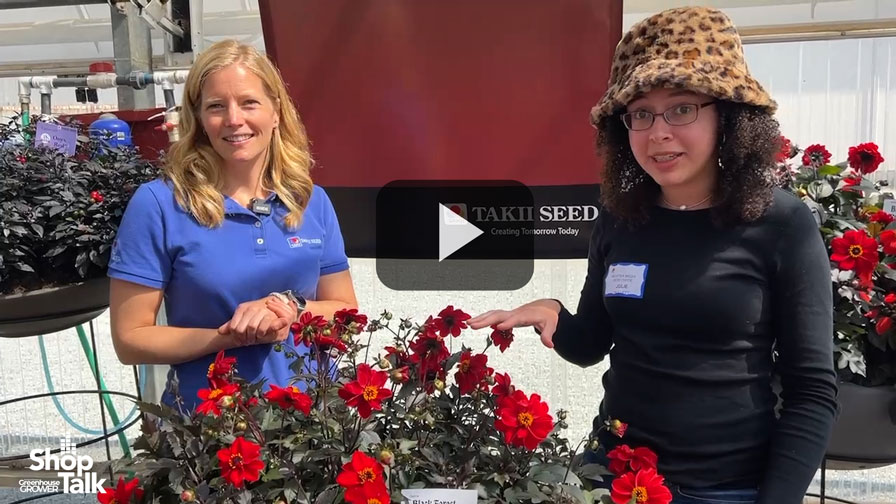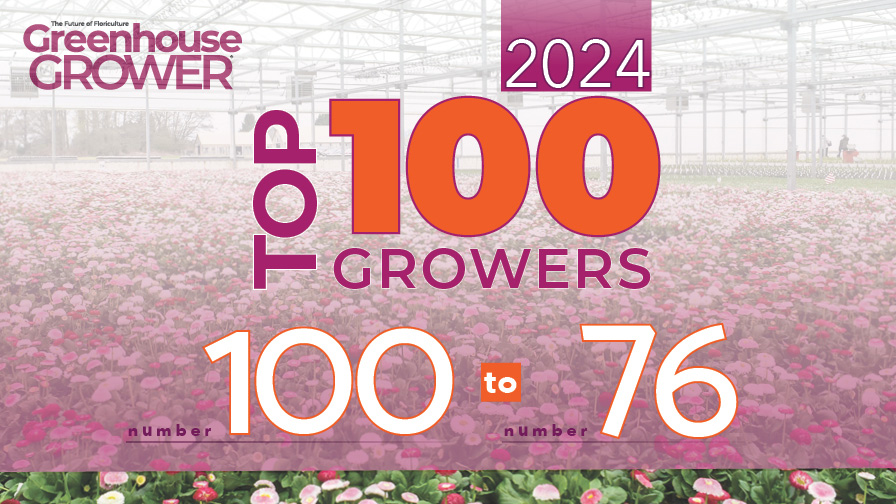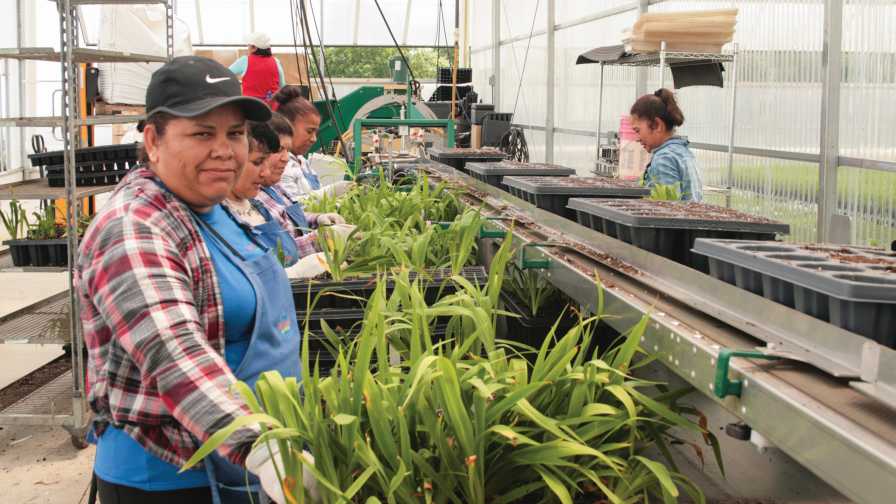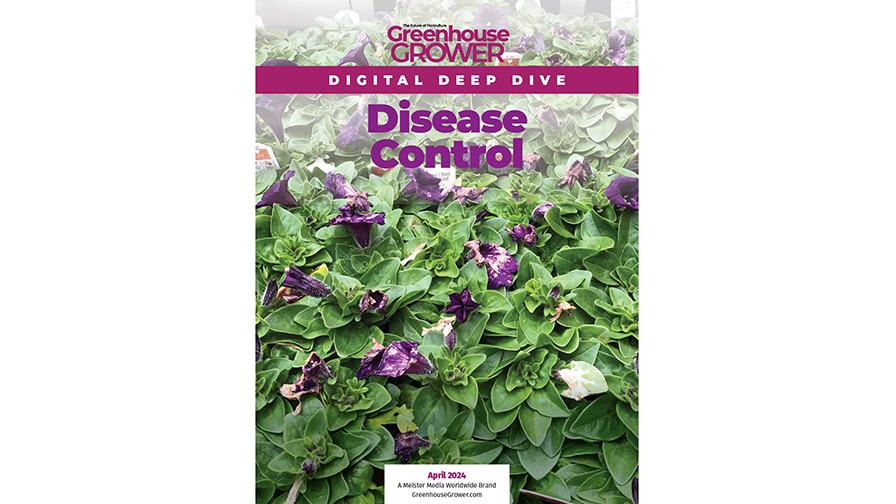New Research Shows Benefits of Growing Strawberries Under Lights
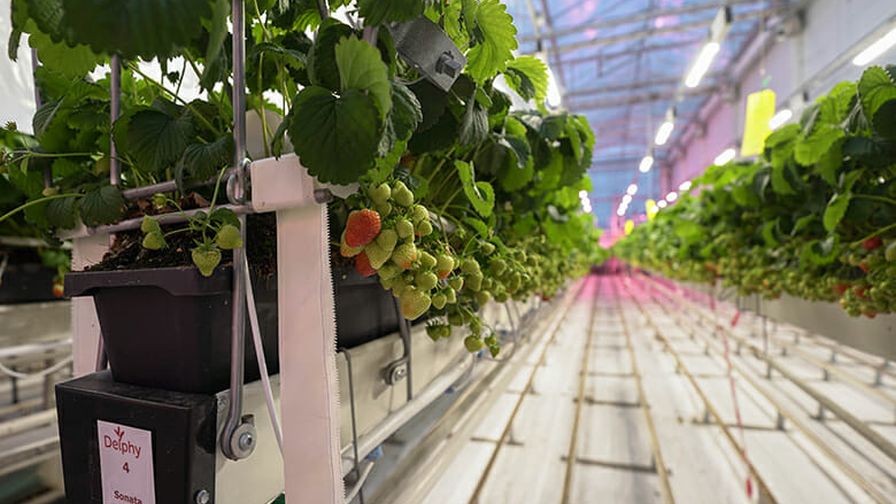 Fluence by OSRAM (Fluence), a global provider of energy-efficient LED lighting solutions for commercial cannabis and food production, has announced results from its year-long strawberry research in collaboration with Delphy Improvement Centre (Delphy), an independent institute and expert in food and flowers located in Bleiswijk, the Netherlands. Together, Fluence and Delphy studied how Fluence’s LED lighting solutions impact strawberry production in greenhouses.
Fluence by OSRAM (Fluence), a global provider of energy-efficient LED lighting solutions for commercial cannabis and food production, has announced results from its year-long strawberry research in collaboration with Delphy Improvement Centre (Delphy), an independent institute and expert in food and flowers located in Bleiswijk, the Netherlands. Together, Fluence and Delphy studied how Fluence’s LED lighting solutions impact strawberry production in greenhouses.
As grocers push produce suppliers to deliver fresh, high-quality crops year-round, growers are increasingly exploring how to allocate high-tech greenhouse space to strawberries, which are typically grown outdoors or in hoop houses. Fluence and Delphy examined how to sustainably grow strawberry crops in high-tech greenhouse environments while maximizing yield and fruit quality.
“Results from our collaboration with Delphy are showing that strawberries thrive under predominantly white spectra, creating opportunities for greenhouse growers to introduce new, efficient lighting strategies into their facilities,” says David Hawley, Ph.D, Principal Scientist for Fluence. “Strawberry cultivars grown under a broad-spectrum with a fraction of far-red saw taller crops, wider canopies, higher overall yields, and increased Brix values. As with all crops and individual cultivars, there is no ubiquitous lighting strategy for optimizing plant yield and quality. However, our global research endeavors continue to showcase the power of optimized lighting solutions for the world’s most popular crops.”
Fluence and Delphy researchers analyzed morphology, yield, and quality for ‘Sonata’ and ‘Sonsation’ cultivars — two of the most popular cultivars in Europe—under four spectral strategies: white (Fluence PhysioSpec R4), white with a fraction of far-red (R4 + FR), pink (R8), and pink with the same fraction of far-red (R8 + FR). Overall, during the winter flush, spectra that included a fraction of far-red saw increased performance across all categories. However, the white spectrum with a fraction of far-red recorded the best performance across categories:
- Sonata and Sonsation cultivars saw 68% and 40% taller crops as well as 28% and 29% wider canopies, respectively, under a white spectrum with a fraction of far-red in relation to a pink spectrum. Taller and wider crops are easier to harvest and enable better air movement across plants, discouraging pathogens that would thrive in more dense, humid environments.
- Similarly, Sonata and Sonsation cultivars grown under a white spectrum with a fraction of far-red saw 11% and 14% higher cumulative yields (including plant waste that can be used for jams, juice, or preserves) relative to those grown under a pink spectrum.
- Researchers also reported that Sonata and Sonsation cultivars grown under a white spectrum with a fraction of far-red had 14% and 6% higher Brix values, respectively, than cultivars grown under a pink spectrum.
“Produce managers at grocers and other retailers seek quality and consistency from their suppliers—consistency that a high-tech greenhouse facility is built to provide,” says David Cohen, CEO of Fluence. “Greenhouses create safe, clean, and controlled environments. With an optimized lighting strategy, growers can produce crops with delicious flavors that consumers demand and yields that enable store shelves to remain stocked year-round.”
Click here for more information.




